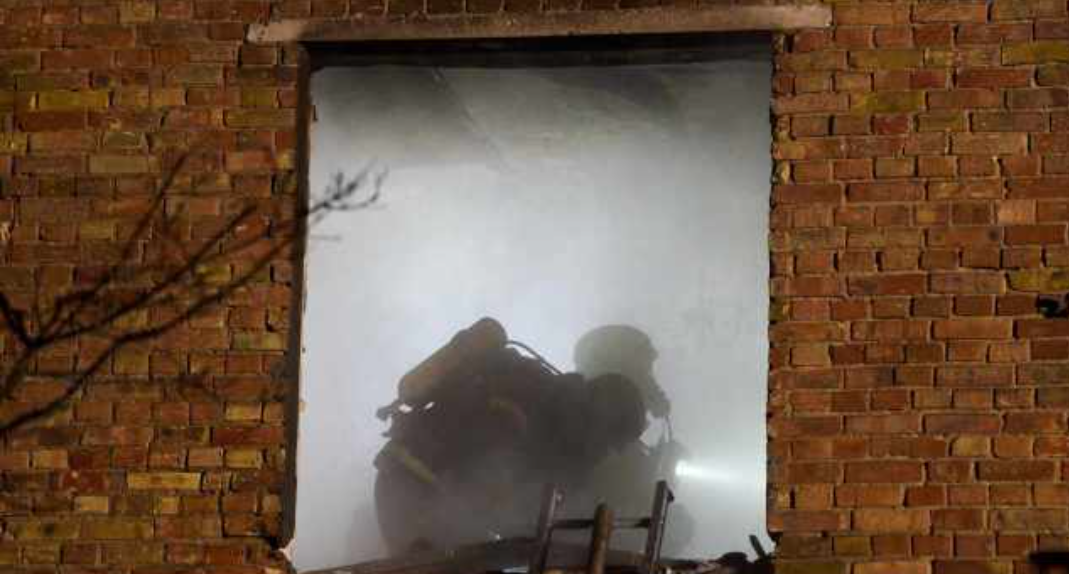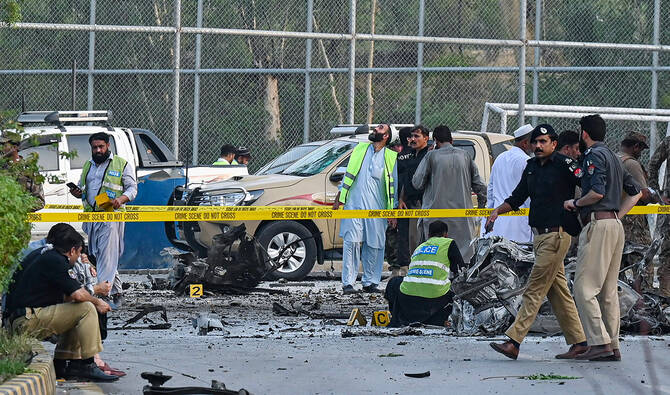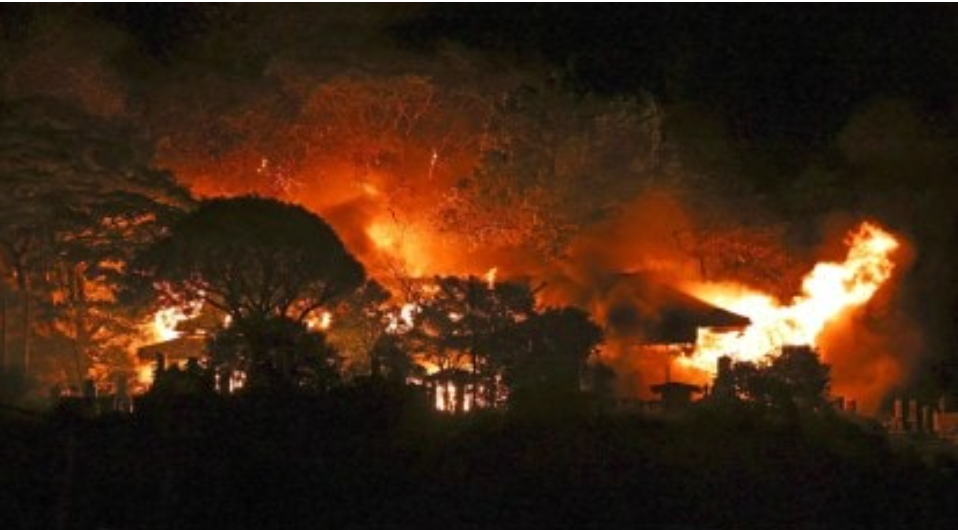By Manisha Sahu,America News World
October 5, 2025
In an unusual turn of events, Lithuania temporarily suspended all air traffic at Vilnius International Airport late Saturday after hot-air balloons were detected drifting into its airspace. The sudden closure caused widespread flight disruptions, with several aircraft diverted to neighboring Latvia and Poland, and others forced to return to their points of origin.
The airport operator confirmed that the airspace was closed as a safety precaution, citing concerns over “a possible series of balloons heading toward Vilnius.” Flights resumed early Sunday morning after several hours of suspension, but the incident has stirred new concerns about the security of Europe’s skies.

Flights Diverted, Passengers Stranded
In a statement posted on its website, Vilnius Airport warned travelers:
“Attention: The airspace over Vilnius Airport is closed.”
The airport initially estimated the suspension would last until 2:30 a.m. local time, later extending the shutdown due to continuing reports of balloon sightings.
Several inbound flights were diverted midair. A flight from Copenhagen was forced to turn back to Denmark, while others were redirected to Riga in Latvia and Warsaw in Poland. Outbound flights were canceled altogether, stranding dozens of passengers inside the terminal.
“We understand this is inconvenient for many travelers, but the safety of our passengers and crew remains the top priority,” the airport operator said in a late-night update.
According to the flight tracking website Flightradar24, at least eight flights were diverted within a few hours. The company posted on social media platform X (formerly Twitter) that “Lithuanian broadcaster LRT reports possible hot air balloons near Vilnius Airport,” confirming the reason for the shutdown.
Thirteen Balloons Detected Near Airport
Lithuania’s national broadcaster LRT reported, citing the country’s National Crisis Management Center, that as many as 13 balloons were detected drifting toward the airport from the south. While officials have not confirmed their origin, the proximity of Lithuania to Belarus—just 30 kilometers away—has raised speculation about possible cross-border incursions.
The U.S. Federal Aviation Administration (FAA) also noted the airspace closure in its European notices, attributing it to “hot air balloon flights.” No official indication has been given that the balloons were hostile, but their presence close to restricted airspace was enough to trigger a full operational halt.
Europe’s Airspace Under Pressure
This latest incident adds to a growing list of airspace disruptions across Europe in recent weeks. Airports in Germany, Denmark, Romania, and Poland have faced similar shutdowns or delays due to drone sightings and other unidentified aerial objects.
In August, Poland — a NATO member — declared a 90-Kilometres no-fly zone along its border with Belarus following repeated drone incursions. The move came after Polish officials accused Belarus of sending drones across the border in what Warsaw described as “provocative actions.” Lithuania has taken similar precautions, authorizing its armed forces to respond to any airspace violations.
Analysts say such disruptions highlight the growing complexity of maintaining air safety in an era of cheap consumer drones, weather balloons, and private aerial vehicles. Even non-threatening objects can cause chaos when they drift into controlled zones.
“A single unidentified balloon near an airport can shut down an entire national airspace,” said one European aviation expert quoted by Reuters. “That’s the level of sensitivity and caution the system requires today.”
Security and Political Implications
The incident has not only disrupted travel but also reignited regional security debates. Lithuania, a NATO member and one of Ukraine’s strongest supporters in its war against Russia, remains on high alert for any form of airspace intrusion—intentional or otherwise.
Given Vilnius’s proximity to Belarus, officials are cautious about attributing the cause without investigation. However, some lawmakers have already called for tighter surveillance measures, including enhanced radar coverage and real-time monitoring of low-altitude flights.
“This may look like a harmless series of hot-air balloons,” one Lithuanian official told LRT, “but in the current security climate, no unidentified object can be taken lightly.”
Operations Resume, Investigation Underway
By early Sunday morning, the airport confirmed that flight operations had resumed. Planes were cleared to land and depart as normal after air traffic controllers verified that the balloons were no longer in proximity to flight paths.
Authorities have since launched an investigation to determine where the balloons came from, who launched them, and whether any airspace regulations were violated. Initial findings suggest they were likely recreational or meteorological in nature, but officials are not ruling out the possibility of deliberate provocation.
As of Sunday afternoon, airlines were working to rebook affected passengers and restore normal schedules. Travelers were advised to check airline notifications and the Vilnius Airport website for updated flight information.
A Wake-Up Call for European Aviation
While airspace closures due to drones have become increasingly common, incidents involving hot-air balloons are rare. This episode, though brief, underscores just how vulnerable Europe’s air transport system can be to even minor aerial anomalies.
For now, normalcy has returned to Vilnius. But for passengers and officials alike, the incident serves as a reminder that in today’s tense geopolitical environment, even a few drifting balloons can bring a continent’s airways to a standstill.
Discover more from AMERICA NEWS WORLD
Subscribe to get the latest posts sent to your email.









































Leave a Reply